Ronald A. Smith - Pay for Play: A History of Big-Time College Athletic Reform
Here you can read online Ronald A. Smith - Pay for Play: A History of Big-Time College Athletic Reform full text of the book (entire story) in english for free. Download pdf and epub, get meaning, cover and reviews about this ebook. year: 2010, publisher: University of Illinois Press, genre: Politics. Description of the work, (preface) as well as reviews are available. Best literature library LitArk.com created for fans of good reading and offers a wide selection of genres:
Romance novel
Science fiction
Adventure
Detective
Science
History
Home and family
Prose
Art
Politics
Computer
Non-fiction
Religion
Business
Children
Humor
Choose a favorite category and find really read worthwhile books. Enjoy immersion in the world of imagination, feel the emotions of the characters or learn something new for yourself, make an fascinating discovery.

- Book:Pay for Play: A History of Big-Time College Athletic Reform
- Author:
- Publisher:University of Illinois Press
- Genre:
- Year:2010
- Rating:3 / 5
- Favourites:Add to favourites
- Your mark:
Pay for Play: A History of Big-Time College Athletic Reform: summary, description and annotation
We offer to read an annotation, description, summary or preface (depends on what the author of the book "Pay for Play: A History of Big-Time College Athletic Reform" wrote himself). If you haven't found the necessary information about the book — write in the comments, we will try to find it.
In an era when college football coaches frequently command higher salaries than university presidents, many call for reform to restore the balance between amateur athletics and the educational mission of schools. This book traces attempts at college athletics reform from 1855 through the early twenty-first century while analyzing the different roles played by students, faculty, conferences, university presidents, the NCAA, legislatures, and the Supreme Court.
Pay for Play: A History of Big-Time College Athletic Reform also tackles critically important questions about eligibility, compensation, recruiting, sponsorship, and rules enforcement. Discussing reasons for reformto combat corruption, to level the playing field, and to make sports more accessible to minorities and womenRonald A. Smith candidly explains why attempts at change have often failed. Of interest to historians, athletic reformers, college administrators, NCAA officials, and sports journalists, this thoughtful book considers the difficulty in balancing the principles of amateurism with the need to draw income from sporting events.|
CoverTitle PageCopyrightTable of ContentsPrefaceIntroduction1. Student-Controlled Athletics and Early Reform2. Faculty, Faculty Athletic Committees, and Reform Efforts3. Early Interinstitutional Reform Efforts4. Presidents: Promoters of Reformers?5. Football, Progressive Reform, and the Creation of the NCAA6. The NCAA: A Faculty Debating Society for Amateurism7. The 1920s and the Carnegie Report on College Athletics8. Individual Presidential Reform: Gates Hutchins, and Bowman9. Presidential Conference Reform: The 1930s Graham Plan Failure10. The NCAA and the Sanity Code: A National Reform Gone Wrong11. Ivy League Presidential Reform12. Scandals and the ACE Reform Effort in the 1950s13. Lowly Standards: Chaos in the Sports Yards14. The Hanford Report, Rejected Reform, and Proposition 4815. Title IX and Governmental Reform in Womens Athletics16. African Americans, Freshman Eligibility, and Forced Reform17. Presidential Control, Minor Reform, and the Knight Commission18. NCAA Reorganization, the Board of Presidents Reform, and the APR19. Faculty Reform Efforts: CARE, the Drake Group, and COIA20. The Freshman Rule: A Nearly Forgotten ReformAfterwordIntercollegiate Athletic Reform TimelineNotesBibliographyIndex|
In this provocative book ... [Smith] details the efforts to purify intercollegiate sports since the first teams faced off in the 1850s. He makes a solid case for why reforms are needed.Diverse: Issues in Higher Education
Smiths extensively researched and well-documented text shows that throughout the history of college athletics there have been only a handful of true champions of reform and they have universally lost to the pressures of professionalization.EH.NET
Sweeping in its coverage of big-time college athletic reform and rich detail. . . . A significant contribution to the place and meaning of college sports in the modern United States.American Historical Review
|
Ronald A. Smith is professor emeritus of sports history at Penn State University and the author of several books, including Sports and Freedom: The Rise of Big-Time College Athletics and Play-by-Play: Radio, Television, and Big-Time College Sport.
Ronald A. Smith: author's other books
Who wrote Pay for Play: A History of Big-Time College Athletic Reform? Find out the surname, the name of the author of the book and a list of all author's works by series.

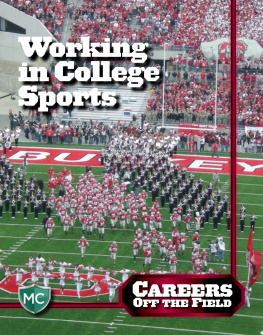
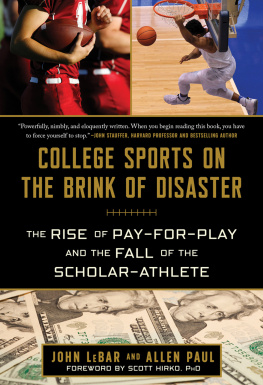
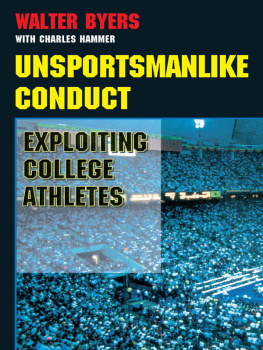
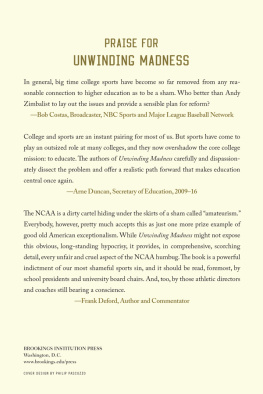
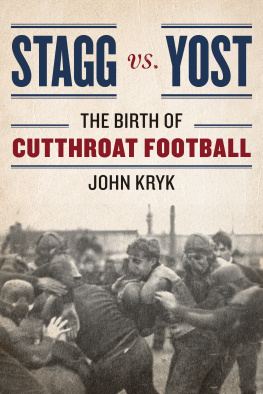


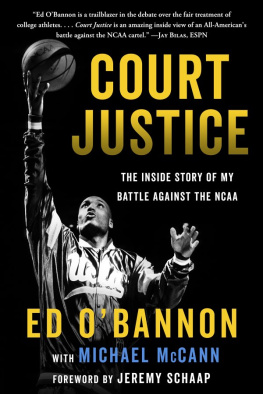



 This book is printed on acid-free paper.
This book is printed on acid-free paper.